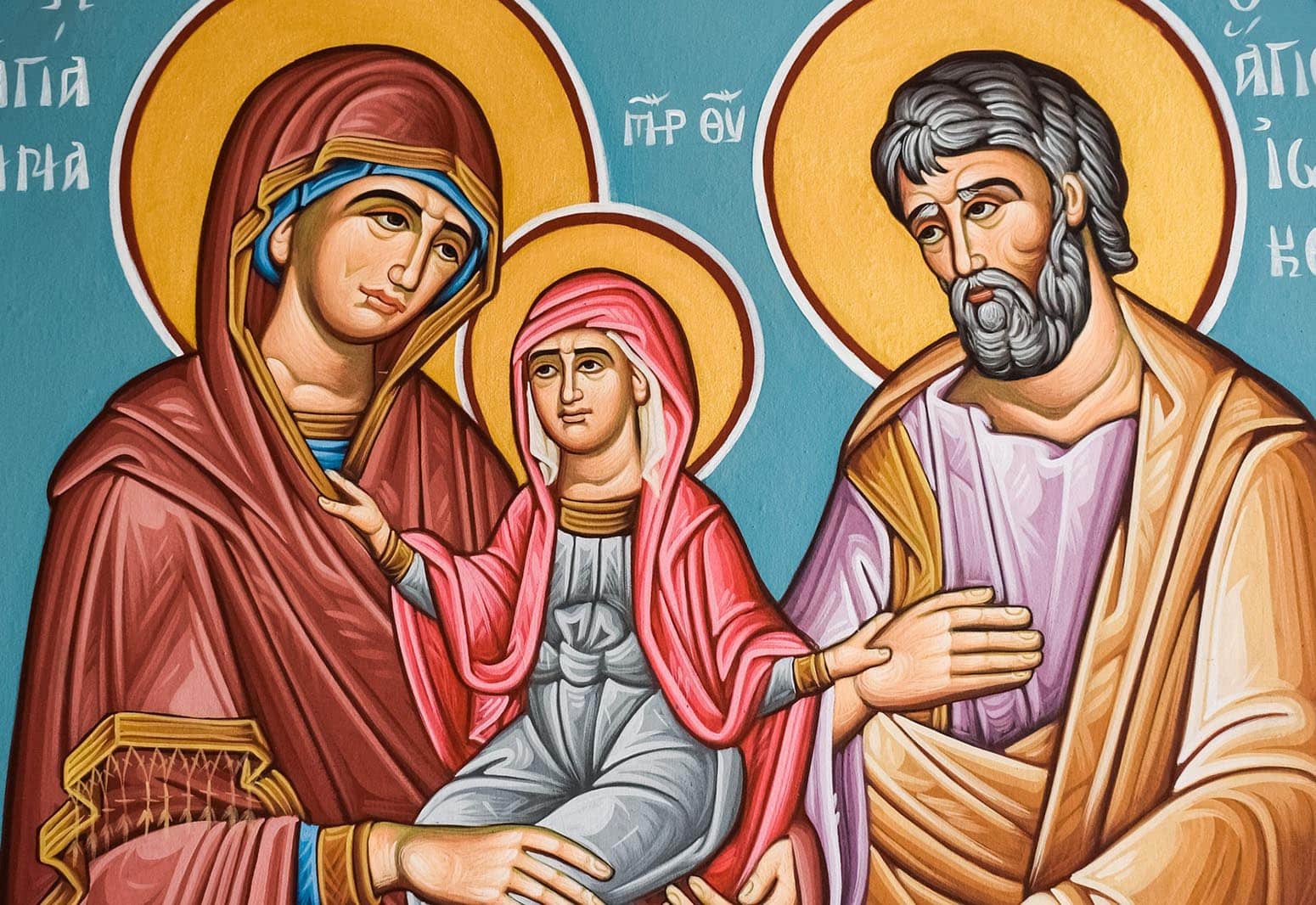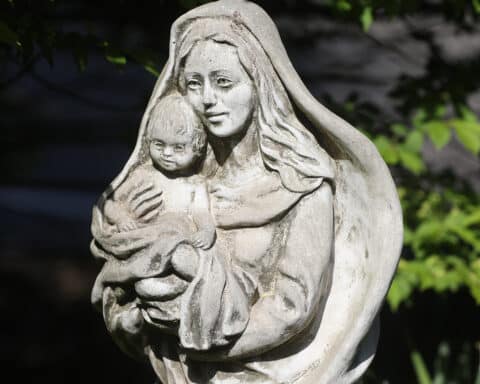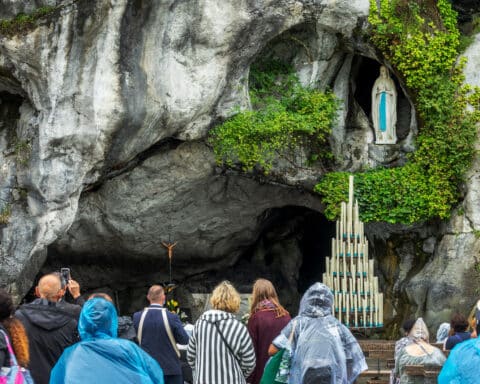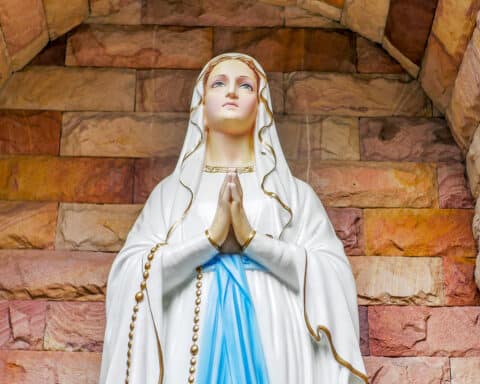Question: A friend told me that a mystic claimed the birthday of Our Lady is not Sept. 8. I told her that Sept. 8 is nine months after her Immaculate Conception on Dec. 8, to which she countered that that date was merely the arbitrary promulgation date of the dogma of the Immaculate Conception. Could you please explain why Dec. 8 was chosen for the solemnity?
— Andres Wong via email
Answer: The source for your friend’s statement is likely the apparitions at Medjugorje. In 1984, Our Lady supposedly told the visionaries that she was actually born on Aug. 5. This would not be in harmony with the liturgical celebration of her birth which the Church has on Sept. 8 each year.
The apparitions at Medjugorje are not yet acknowledged by the Church, although pilgrimages and devotions related to this are not forbidden. However, controversies remain as to the veracity of this apparition and messages. The notation of her birthday as purportedly being Aug. 5 is one of the points of contention — minor, but puzzling. Why would Mary say this? Might it not fuel a bit of a division between the liturgical calendar and the pious beliefs of Catholics who follow Medjugorje? In itself, there is no doctrinal problem here since the Church does not formally teach Sept. 8 is Mary’s exact birthday. Rather, we observe it as her birthday on that date. The problem that emerges is more of a pastoral one wherein some Catholics could become dismissive of Sept. 8 as not being her “real” birthday and begin to insist we celebrate her actual birthday, based on information in a private, non-binding revelation.
Historical basis for feast days
Further, the liturgical calendar is almost never whimsical. Most feast days are fixed based on historical data about the saint or event. Usually, for the saints, the date of their martyrdom or death are the basis for their place on the calendar. Even for events that have no exact historical dates — e.g. Christmas or the birthday of Our Lady — there are almost always ancient roots to their location on the liturgical calendar. As you note, Sept. 8 is tied to Dec. 8, when we celebrate that Our Lady was immaculately conceived in the womb of St. Ann. But the liturgical feast of what we call today the solemnity of the Immaculate Conception has its place on the calendar in early December going back as far as the fifth century in many parts of the Church. And while this ancient date is not a solemn declaration by the Church of the exact day of Mary’s conception, it is not a date which we should easily change or doubt to be of historical significance. If the early Church settled on that date, there is probably a good reason for it that stretches back before the fifth century, perhaps even to the apostolic age.
If one wishes to piously believe that at Medjugorje, Mother Mary “corrected the record” about her actual date of birth, perhaps they are free to do so. But to be avoided is an attitude that requires others and even the whole Church to alter ancient practices based on recent and private apparitions. Ancient testimonies and practices carry a lot of weight in the Church; this is our instinct.





